Possibly one of the best electronic albums of 2017, ‘Zombies 1985’ is the latest release by I SPEAK MACHINE, the enticing audio / visual collaboration between musician Tara Busch and filmmaker Maf Lewis.
‘Zombies 1985’ tells the story of greed and self-obsession in Thatcher’s Britain as a businessman drives home, oblivious to the zombie apocalypse going on around him. The live score was performed with the film by Busch as the opening act at UK and US shows with Gary Numan in 2015; the film incidentally also features his three daughters in cameo roles.
The soundtrack itself is a musical collaboration with Benge Edwards, best known for his work as a member of WRANGLER and JOHN FOXX & THE MATHS. But what had been intended to be a more abstract EP turned into a full length album, bolstered by superb mutant electronic pop songs like ‘Blood From A Stone’, ‘Shame’ and ‘Demon Days’. The end result will no doubt satisfy the curiosity of those with a penchant for stranger things.
I SPEAK MACHINE kindly chatted about the creative in-roads that led to their own day of the dead…
Tara, you’ve worked under your own name, as ANALOG SUICIDE and was a member of DYNAMO DRESDEN. How does I SPEAK MACHINE differ from all those?
Tara: Well, all four differ quite a bit from each other – one is a blog, the other is a band, and the other a rather leftfield film / music project. Prepare for a long answer!
DYNAMO DRESDEN was formed in 2001 with Maf and another producer/ engineer named Rohan Tarry. It was a particularly great learning experience for me as it was the first electronic project I was ever involved in that I liked; Maf and Ro were quite accomplished as producers and in the music business with Maf’s label, Plastic Raygun. I had come over to the UK from North Carolina after being in loads of bands and working as a session singer and was thrilled to finally get out of the States and be in a country that created the music I love the most.
It was a sample-based downtempo electronica that was hugely influenced by THE AVALANCHES and AIR’s ‘Moon Safari’.
ANALOG SUICIDE was a blog that Maf and I started in 2007 just for fun, and in my case, to learn more about synthesizers and production – I thought that if I found it interesting, perhaps some other people might? I would seek out artists I loved and interview them about their creative process and “how they got that sound” – sometimes visiting their studios or interviewing them on camera.
We also did a big series of gear videos, interviews and “making of” videos for remixes and songs on my “tarabusch” Youtube channel. It got to where it’s taken a backseat as other projects became more important and I became less interested in making videos that involved me talking to the camera. It’s a huge commitment to keep up a big blog and do it properly, so now it’s more of a so-called personal creative diary about how I make music, etc that I update from time to time.
I released a solo album on Tummy Touch Records, ‘Pilfershire Lane’ in 2009 after DYNAMO DRESDEN disbanded and Maf and I moved to the States. I was very intent on writing, engineering and producing the album myself. I had previously worked with several producers in my attempt to make a solo album, all of which were classic situations where they would take what I was trying to create and go a completely different direction with it. I just wanted to make what was in my mind, so I had to learn how to do it. Anyway – I threw as many learning curves at myself as possible, for better or for worse!
It was about as “psychedelic rock” of an album as I’d ever make, very influenced by ‘Pet Sounds’ and ‘Dark Side of the Moon’. It was lovingly maddening process, my first where I felt I was just finding my own voice at the age of 33 and really truly being in control of what I wanted to create and being totally obsessed with the process. Perhaps someday I’ll make another “Tara Busch” album.
I SPEAK MACHINE is, first of all, is a multimedia film / music project – Maf does the film component and I the music. Our basis for every project is that we try to create both components in tandem with each other so that neither are an afterthought. Then, the films are screened with me playing the score live. We don’t screen the films without the score – the only way to see them is our live shows. We also are quite keen to bring other collaborators in – I feel this project has a far more open minded creative approach than anything else I’ve ever done. We release our soundtracks on Lex Records.
You first became more widely known within the electronic community when you recorded ‘Where You End & I Begin’ with JOHN FOXX & THE MATHS?
Tara: Luke Turner from The Quietus contacted me to see if I’d like to come record a piece with John and Benge, to have featured on their site. Of course I jumped at the chance! It was fantastic to work with the both of them, and turned out to be a great ongoing personal and working relationship, especially with Benge.
This led to you reinterpreting ‘My Sex’ and ‘I Want To Be A Machine’ for the ‘Exponentialism’ tribute EP. What was it like to tackle two cult classics from the first ULTRAVOX! long player?
Tara: When covering songs, I always try to start with a totally clean slate and approach it as if someone gave me the song to produce as my own – to “adopt it”, so to speak. I don’t see the point in doing a “sound-alike” of someone else’s work. It has to be something I can really pump a lot of blood and guts into!
And with these two songs, I was lucky – they both hit me hard right off the bat. Both have such profoundly beautiful lyrics that I as a vocalist I was chomping at the bit to sing…. my production on ‘My Sex’ came together pretty quickly as I felt a super filthy, crunchy, slimy bass would be perfect, a bit like a crumbly, concrete wall under the vocal line, and drums that punch so hard they could give you a bloody lip (I hoped so, anyway).
‘I Want To Be Machine’ was a lot more stubborn – I wrestled with it for a good month until one day, totally frustrated, I picked up this SK1 that I had neglected for so long that the batteries inside of it were corroded. I had Logic going, plugged it in and turned it on, so I could record any odd sounds it might make when switching it on – and lo and behold, it makes a noise like a blender being chucked in a bathtub – and off I went. But that song took ages. You basically have to distance yourself from the originals and trust that you can hopefully create something that does it justice.
You’re no stranger to covers and a wide spectrum of classics such as ‘Cars’ and ‘The Sound Of Silence’ formed part of your Troika! live set. You’ve also recorded songs like ‘Our House’ by MADNESS and ‘Let’s Go To Bed’ by THE CURE in your own style, what attracted you to these songs?
Tara: It’s just so random how I choose these things. Sometimes I’ll hear the song in the grocery store (as is the case with ‘Our House’) and think “YES. I want to dissect this!”… or I’m just messing around in the studio and I start singing the line over something I have cooking, as is the case with ‘Cars’, ‘Ticket to Ride’ and ‘The Sound Of Silence’. With those, I also was creating my live set, so I wanted to add those as pieces that were just the synths and my voice, no samples or backing tracks.
It must have been interesting to perform ‘Cars’ in front of Numanoids when you toured with Gary Numan?
Tara: I was pleasantly surprised by how well it went down with Gary and his fans! Performing something as brilliant as ‘Cars’ where the original is so perfect is scary but thrilling. It was a bit surreal playing it and seeing Gary, Gemma and the band in the wings watching me…it was lovely.
Have you any more covers you would like to do?
Tara: Every day one pops into my head, but I have to discipline myself to steer the focus towards my own work! The ‘Dr Who’ theme was in my head in a loop for days after they announced the new doctor! Also, there’s a lovely Skeeter Davis song, ‘The End Of The World’ that I would love to do and I’ve always wanted to do Nick Cave’s ‘People Ain’t No Good’. Also a very morbid version of ‘Here Comes the Sun’ would be fun, since I’m not a fan of the California summers. I really enjoy covering songs that are radically different from what I write myself.
How did you both conceive ‘Zombies 1985’?
Maf: Zombies are my favorite monster, as they’ve often been used as a reflection of our culture. I wanted to turn it around a bit and tell a story against the background of the emerging zombie apocalypse, and a man (Steve) who is so self-obsessed and greedy that he doesn’t notice it happening around him. He sees everyone else as a zombie, because they are not as driven and ambitious, but ultimately he is the zombie, both figuratively and literally. Also, who doesn’t want to make, be in, write the score to a zombie film? We had the idea to set it in 1985, as Tara and Benge wanted to be really strict with the score, with everything was created on pre 1985 equipment.
You opted to crowdfund ‘Zombies 1985’, what were the pros and cons?
Tara: We didn’t ask for a huge sum, and we got what we needed in a couple of days – then it went continued and luckily wound up raising a lot more than our goal. It made it so that everyone could get paid decently at least. The pros are of course that you can fund projects you love, but the cons – you really have to, for want of a better word – do quite the sh*t ton of whoring for the 3 weeks or so that you have to raise funds. And it can be stressful as everything hinges on being able to raise those funds.
The first three tracks on ‘Zombies 1985’ are distinctly soundtrack based while the rest of the material comprises of various song-based formats. How and why did the project expand?
Tara: It happened pretty organically. Benge and I had always wanted to write together, so we took the opportunity to do so here, by expanding on the ‘Zombies 1985’ world. I wanted to create something of an “imaginary soundtrack”, something that the characters in the film would have been listening to in 1985. So, after we finished the score, we remotely wrote 6 more songs. I guess we just had a bit more to express, and we wanted to explore more of a Chris & Cosey, Grace Jones, Gary Numan, CABARET VOLTAIRE sort of territory.
What was the general creative dynamic between you, Maf and Benge?
Tara: Well, I feel a great equilibrium myself with Benge and Maf of this project – there was no one person that was anointed “boss”. Benge and I write very easily together, I guess there’s a lot of respect between the three of us and a lot of humor! Benge and Maf are both incredibly skilled at what they do, so it’s also a great learning experience. I don’t ever feel like “the woman in the back of the studio waiting to sing over some guy’s tracks”. It all feels very natural and equal, as it should.
The album had an artistic self-imposed restriction of using only “1985 period equipment”. Which synths and bits of gear came to be your favourites to give you the textures you wanted?
Tara: SO many! Benge has some incredible machines, and I’ve recently come into a nice handful myself, so it was a blast to work with these “personnel”, so to speak.
The one that stood out for me the most was Benge’s ARP 2500 – it’s like conversing with a beautiful ghost – I mean, this was the machine they used in ‘Close Encounters Of The Third Kind’ to communicate with the aliens! It brought tears to my eyes to play it.
I had also just adopted an ARP 2600, Roland SH5, 808, Oberheim 2 voice and a Model D in my own studio, which I used a lot on the songs we did remotely. Benge used an Oberheim DMX on the soundtrack part of the score, and I loved it so much I ran out and grabbed one myself. Anything by Oberheim is gorgeous though!
And of course my ever -present Pro One. I always have to pinch myself that I own these things and get to work with them. The restriction wasn’t too big a deal, as I now tend to use machines that are pre ’85 most of the time anyway… except for my laptop of course!
‘Shame’ recalls ‘Hot On The Heels Of Love’ by THROBBING GRISTLE, what first drew you to that early British electronic experimentation?
Tara: Thanks, that’s a big compliment! That is one of those “holy grail” songs for me – if I live to write anything even half that beautiful, I’ll be pleased. Anyway – when Benge and I wanted to expand the score into an album with extra songs, that was just simply the atmosphere that we wanted to call upon – THROBBING GRISTLE, CHRIS & COSEY etc.
Meanwhile, ‘Trouble’ appears to have been inspired by ‘No-One Receiving’ by BRIAN ENO?
Tara: I shamefully admit I’m not familiar with that song! I must research… ‘Trouble’ was the first of the songs we did together, in fact it’s the one that did not adhere to the “early industrial” vibe I was after. But it just came out that way, more atmospheric and mellow.
‘Demon Days’ does what it says on the tin, what was the genesis of that one?
Tara: That plays over the ending credits, it closes the film. I pulled components of the score out to create a cohesive song – and the lyrics are about how much I hate summer (or in general hot weather) in LA.
We were doing a residency of shows with Gary in LA at the same time I was writing that, and I think ‘Down In The Park’ was creeping around in my head a lot at the time! That was very much influenced by ‘Replicas’- era Numan.
‘Blood From A Stone’ is a brilliant track and has this eerie early GOLDFRAPP feel?
Tara: Thank you! I’m not totally sure what influenced me here if that’s what you’re asking; most likely I was happily overdosing on GAZELLE TWIN at the time or THE KNIFE… I was really into bleak, dark, disorientating artists at the time, GAZELLE TWIN being my favorite.
I love GOLDFRAPP, but they’re not in the front of my mind as an influence – it’s odd… I think people compare me a lot to Alison Goldfrapp because we have the same vocal range, we’re both women and synths are involved? Women get clumped together like that constantly, and it’s bizarre – I guess that’s another topic for another time.
Production-wise, this was the first one I got to use my 808 on as well which was a huge thrill – it sounds so meaty and satisfying.
You’re an Anglophile but on ‘Petrified Mind’, you seem to head towards more Stateside vibes. Who were your influences on that track?
Tara: That was a straight up Peter Murphy imitation, actually. I was listening to ‘Third Uncle’, ‘Bela Lugosi’s Dead’ and wanted something boomy and gloomy like that. So I’m still straight up Anglophile, no worries there.
What are your own favourites on ‘Zombies 1985’?
Tara: ‘New Dawn’ has taken on an even more disturbing context since the so-called US election. It reminds me of ‘The Handmaid’s Tale’ more and more each time I listen to it. That’s my current favorite, plus ‘Gone To LA’ and ‘Shame’.
How is the ‘Deep Clean’ project with KITE BASE who you toured with, coming along?
Tara: I believe they’re in the process of filming it! More to come, not sure I can say much else about it, other than I’m very excited to work with Kendra and Ayşe from KITE BASE – I absolutely adore them as artists and humans.
What else is next for you?
Tara: ISM are working on 2 new short films this summer, one with Raven Numan who impressed us so much in ‘Zombies 1985’, we wanted to work with her again, and an animated project with our label Lex and comic book illustrator/ writer/ director Tommy Lee Edwards.
ELECTRICITYCLUB.CO.UK gives its sincerest thanks to I SPEAK MACHINE
Special thanks also to Steve Malins at Random PR
‘Zombies 1985’ is released by Lex Records in CD, red blood vinyl LP and digital formats, available from https://shop.lexrecords.com/products/pre-order-zombies-1985
https://www.facebook.com/ispeakmachine/
Text and Interview by Chi Ming Lai
12th August 2017

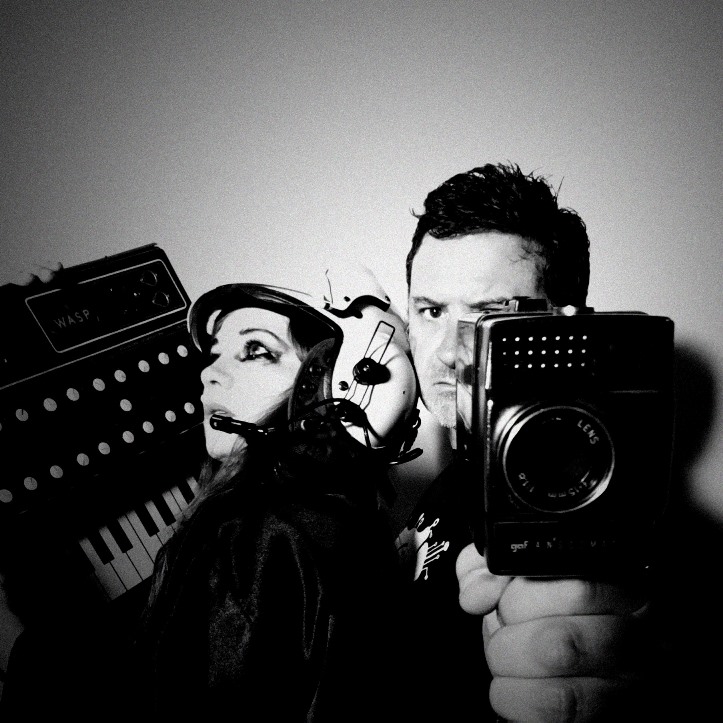
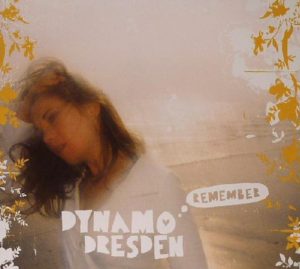
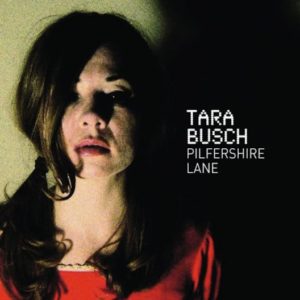
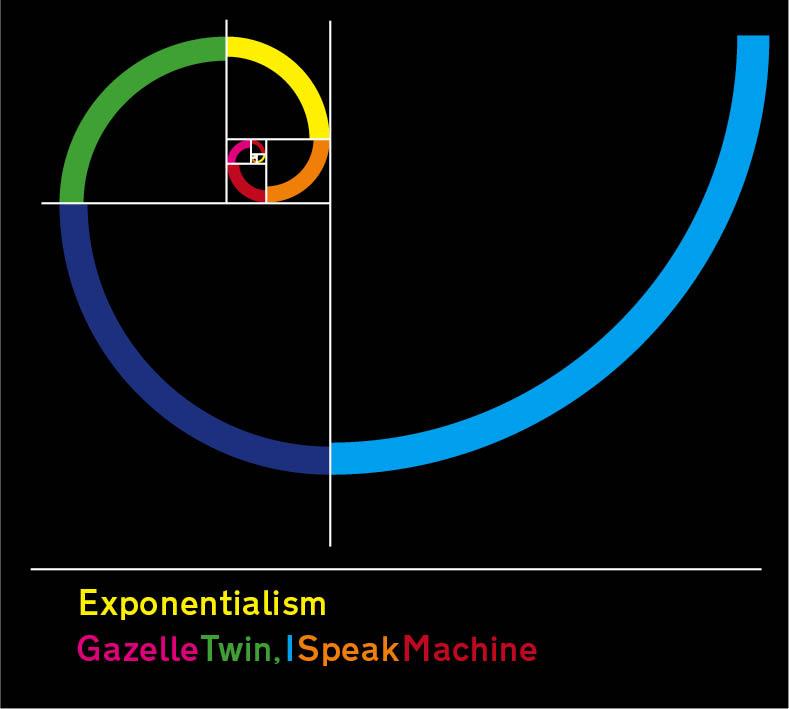
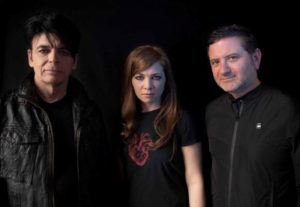

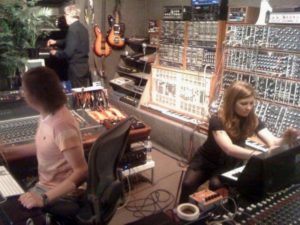
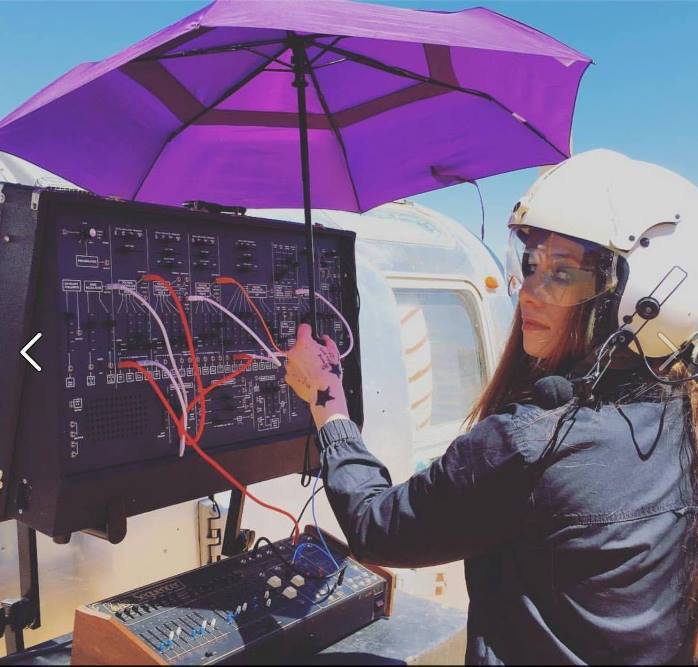
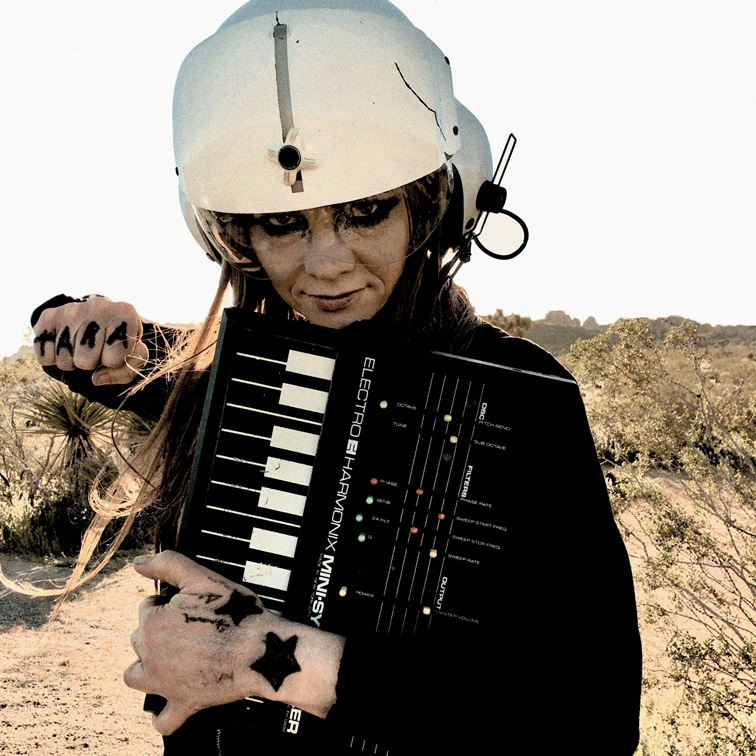
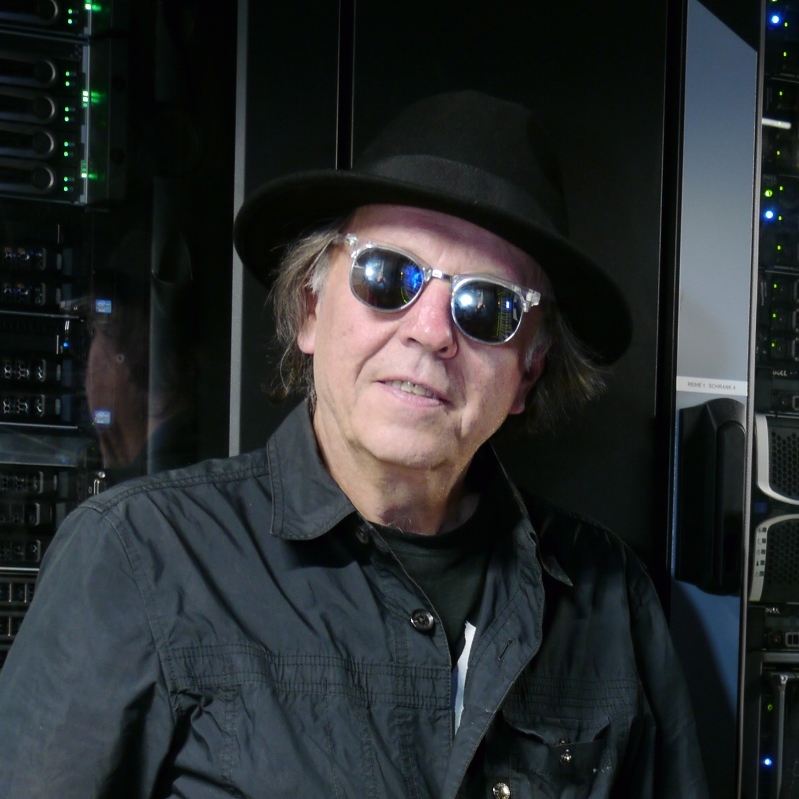
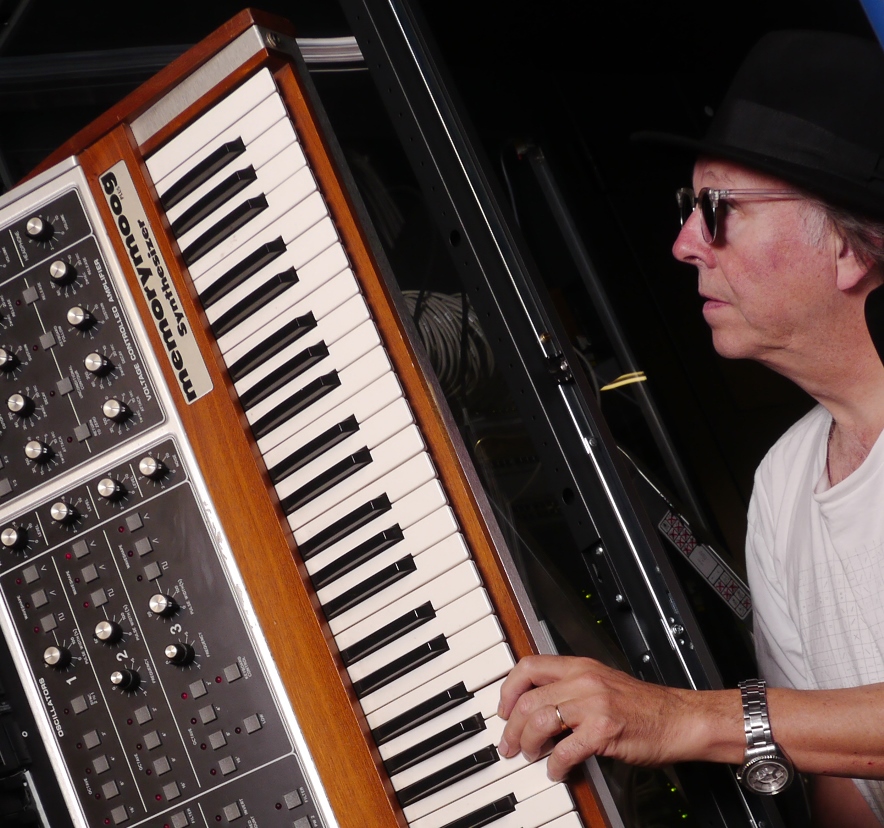
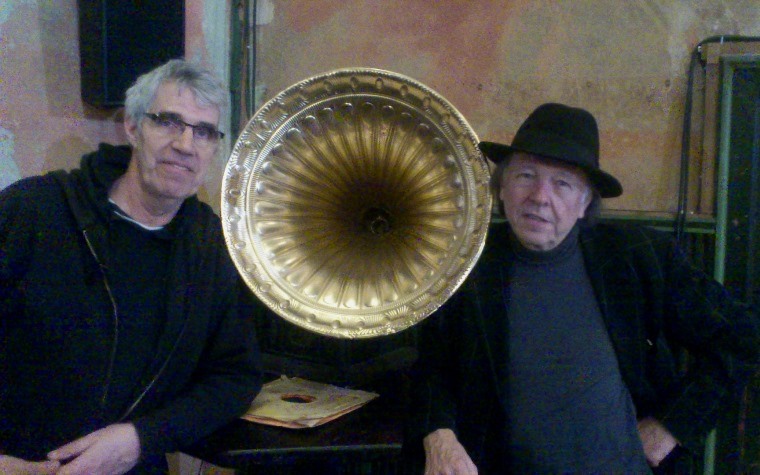
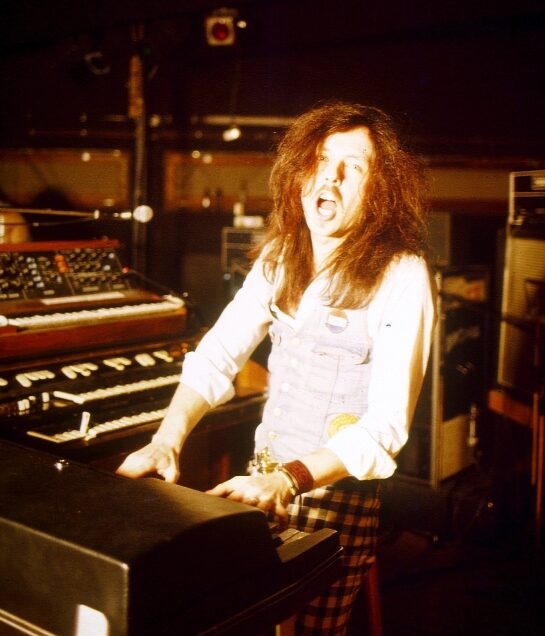
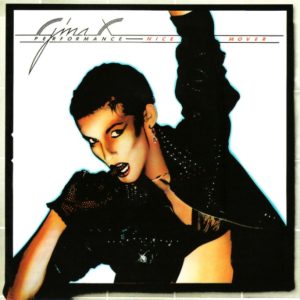
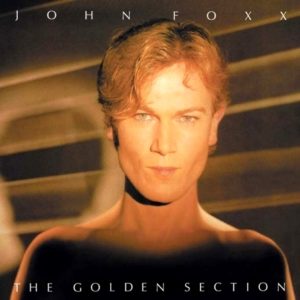
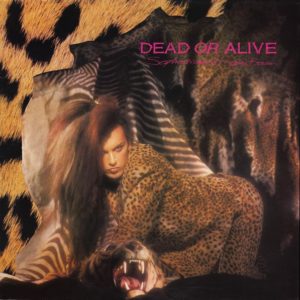
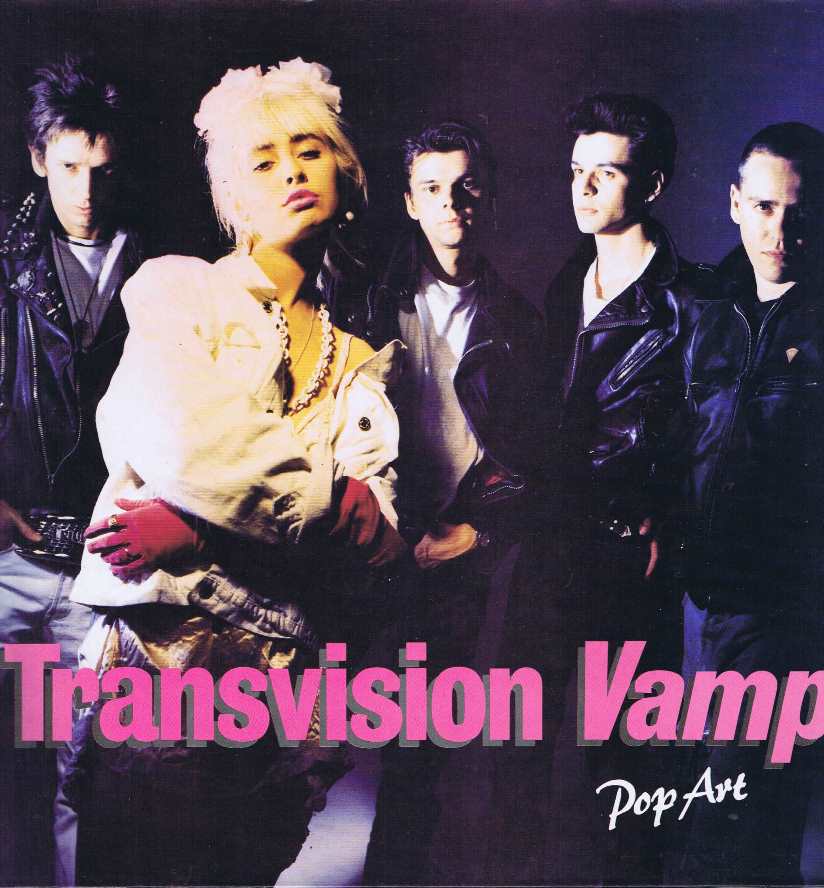
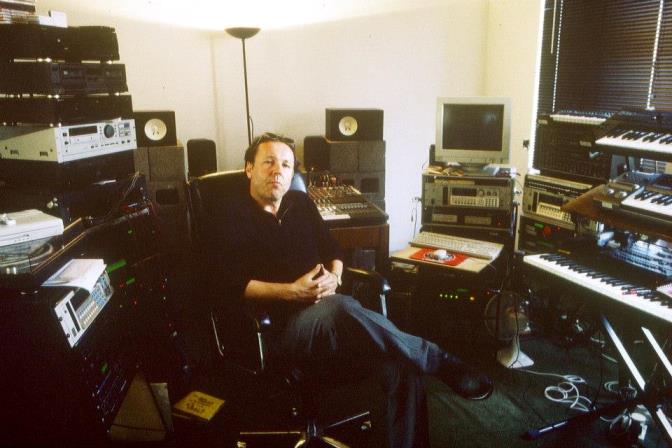
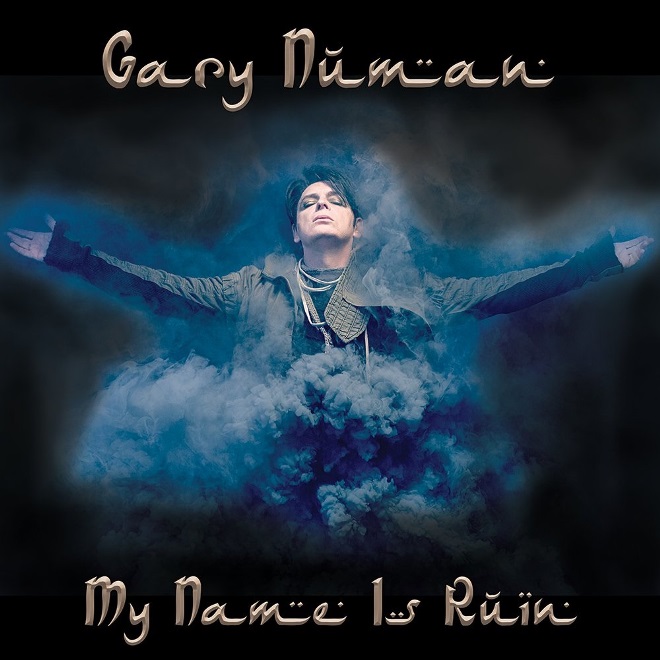
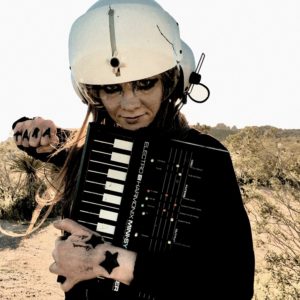
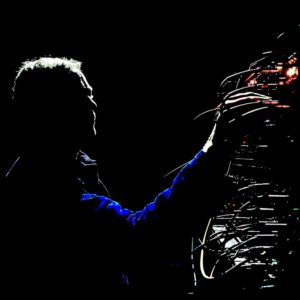
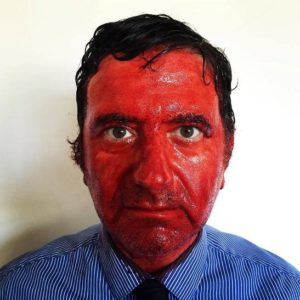
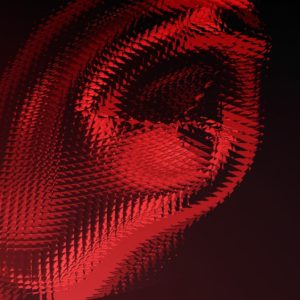
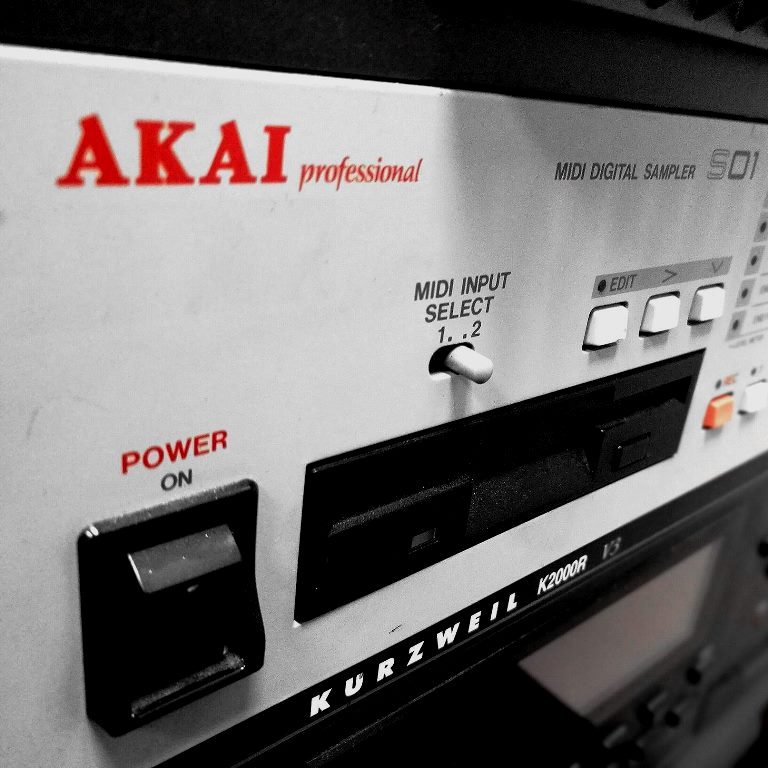
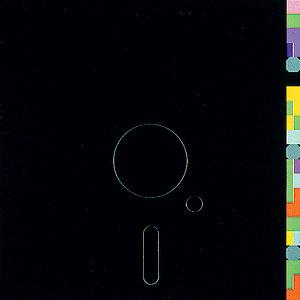
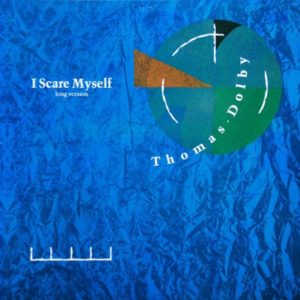
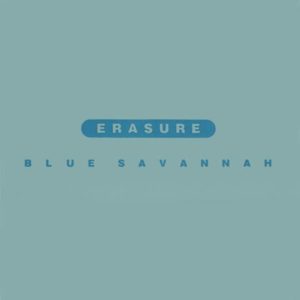
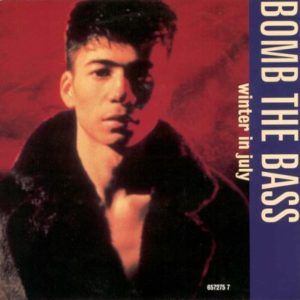

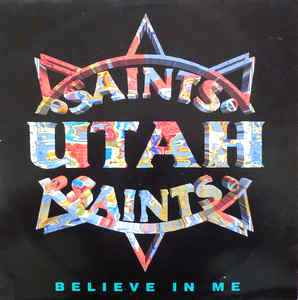
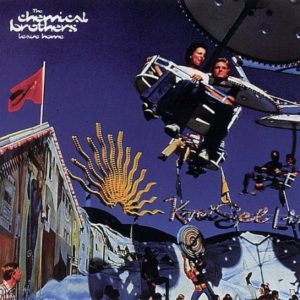
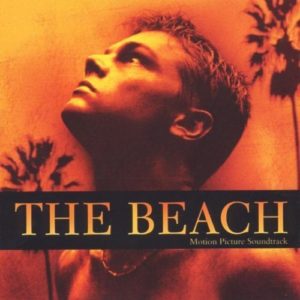
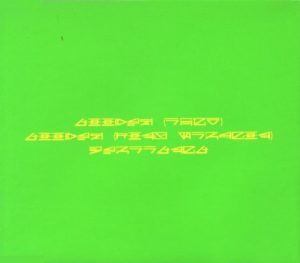
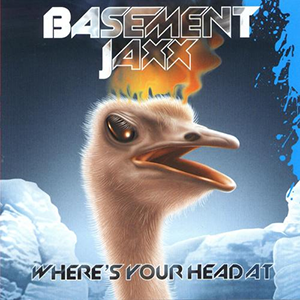
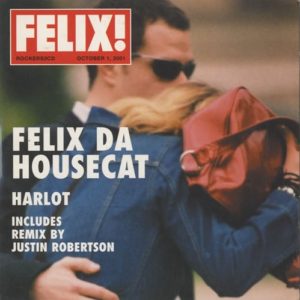

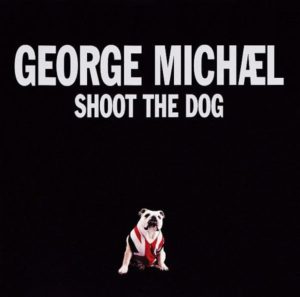


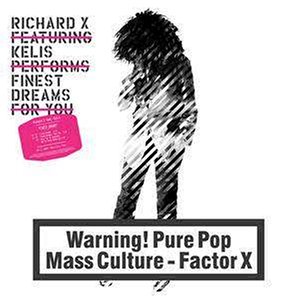
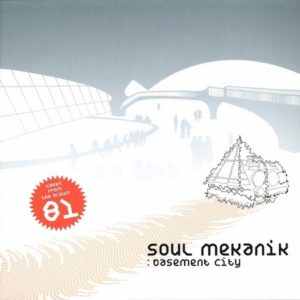


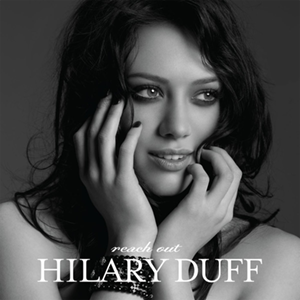
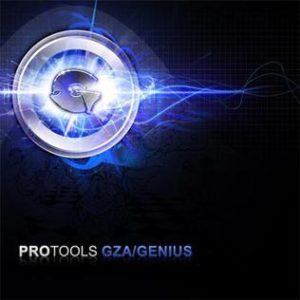

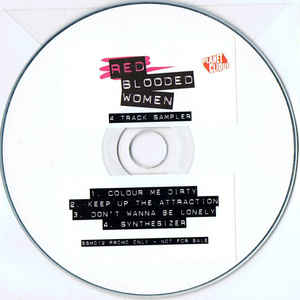


Follow Us!